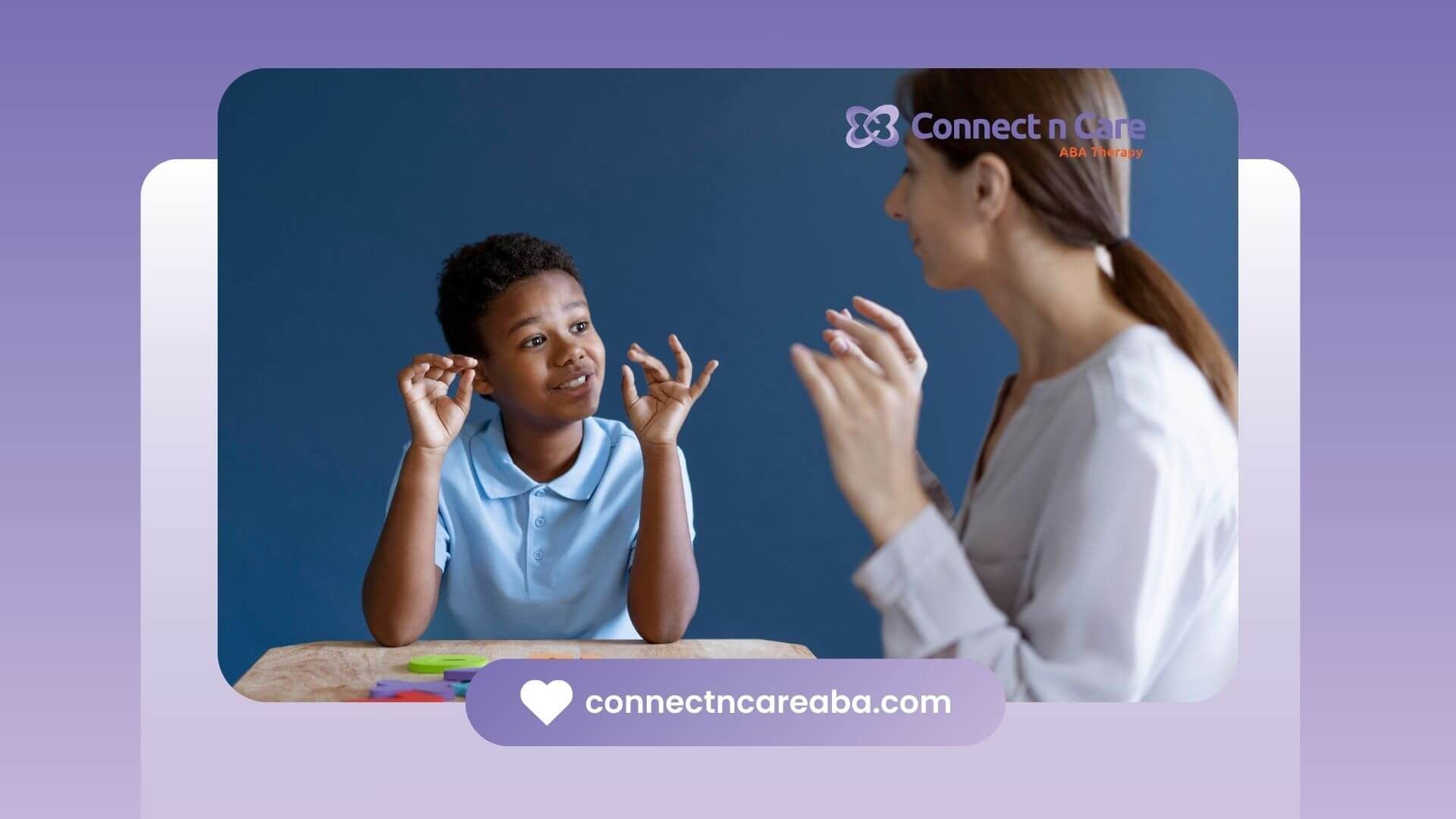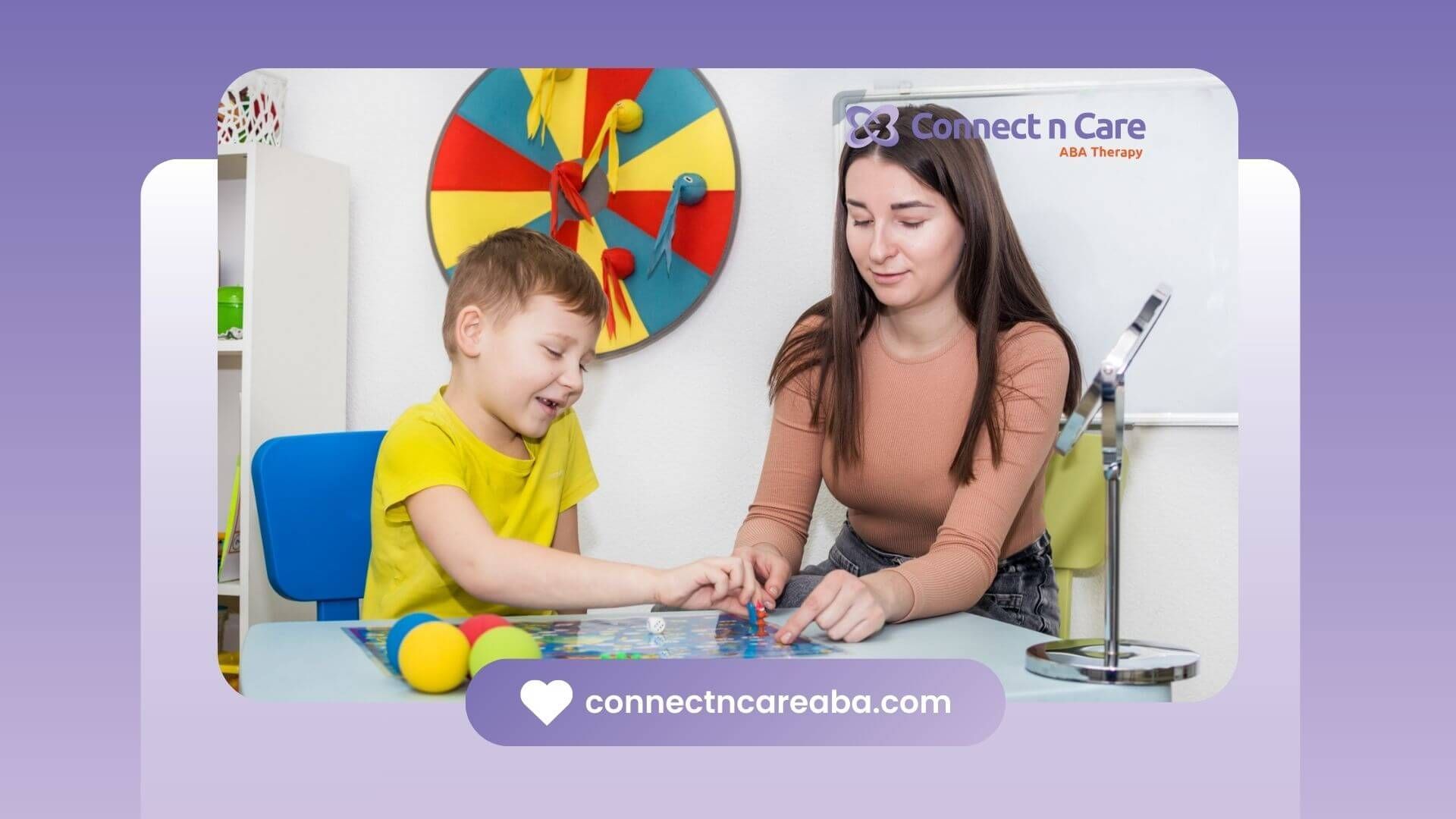Technology has become a game-changer for children with autism. From communication apps to sensory-friendly tools, the right technology makes learning, daily routines, and social interactions easier and more rewarding.
I worked with a boy who struggled to express himself verbally. He often became frustrated because his needs weren’t understood. When we introduced a speech-generating app on a tablet, everything changed.
For the first time, he could say “I want water” with a single tap. His mom cried tears of joy because she could finally understand what he was trying to tell her. That simple device gave him a voice—and confidence.
How Technology Supports Children With Autism
Children with autism often learn and communicate in unique ways. Technology helps by making skills more accessible, engaging, and consistent. Whether it’s a visual schedule on a tablet or a speech-generating device, these tools support different learning styles and give children more ways to express themselves.
Some of the biggest benefits of technology for autism support include:
- Enhancing communication – especially for nonverbal children, apps and speech devices provide a voice.
- Supporting social skills – role-playing games, video modeling, and interactive apps make practice less intimidating.
- Improving learning – educational software presents information visually and step by step, which often matches how children with autism learn best.
- Managing routines – visual timers and digital schedules help children understand transitions and reduce stress.
- Encouraging independence – technology can remind children to complete tasks, manage emotions, or practice skills on their own.
Types Of Technology For Autism Support
There isn’t a one-size-fits-all tool. Different children respond to different technologies, and part of the process is finding what fits best for each child’s needs.
Communication Devices And Apps
Augmentative and Alternative Communication (AAC) devices give children who are nonverbal—or who struggle with speech—a way to express themselves. Apps like Proloquo2Go or TouchChat use symbols, pictures, and text-to-speech to help children share thoughts, needs, and feelings.
Educational Apps
Learning apps designed for children with autism often use visuals, repetition, and interactive elements to teach skills. These apps can cover everything from math and reading to daily living skills like brushing teeth or crossing the street safely.
Social Skills Programs
Video modeling apps and games that simulate real-life scenarios help children practice social skills in a low-pressure environment. For example, role-playing apps can show how to start a conversation, make eye contact, or take turns.
Sensory Tools
Technology also supports sensory needs. Noise-canceling headphones, sensory apps with calming visuals, or weighted vests with smart technology help children regulate and feel more comfortable in overwhelming environments.
Visual Schedules And Timers
Digital schedules and countdown apps are lifesavers for managing transitions. Children can see what comes next in their day, which lowers anxiety and builds independence.
Technology And ABA Therapy
While technology alone isn’t a replacement for therapy, it pairs beautifully with ABA strategies. ABA therapy is data-driven and individualized, which makes technology a natural fit. For example:
- A therapist might use an iPad app for reinforcement during a session.
- Visual schedules can help with transitions between therapy activities.
- Communication apps can be integrated into ABA programs to strengthen language and social skills.
- Data collection software allows therapists to track progress and adjust goals quickly.
By blending technology with ABA therapy, children not only stay more engaged but also practice skills in ways that feel motivating and fun.
Tips For Parents Choosing Technology
Technology can be powerful, but with so many options available, it can feel overwhelming. Here are a few things families can keep in mind when exploring assistive technology for autism support:
- Look for apps or devices that match your child’s learning style. Visual learners often thrive with picture-based tools.
- Keep it simple. Start with one or two tools instead of introducing everything at once.
- Focus on goals. Choose technology that helps with your child’s biggest needs—communication, routines, or social skills.
- Check for evidence-based support. Tools recommended by therapists or backed by research are more likely to be effective.
- Balance screen time. Technology is a tool, not a replacement for real-world interaction and practice.
At Connect N Care, we embrace technology as a valuable partner in ABA therapy. Whether it’s using communication apps, data collection tools, or visual supports, we integrate technology in ways that empower children with autism and make therapy more engaging.
We provide ABA services across North Carolina and Virginia, offering flexible options to fit your family’s needs:
- In-Home ABA Therapy – practicing technology use and skills in your child’s natural environment.
- School-Based ABA Therapy – supporting learning, impulse control, and social skills in the classroom.
- Center-Based ABA Therapy – providing structured, tech-enhanced learning in a supportive space.
- ABA Parent Training – helping families learn how to use technology at home to reinforce therapy goals.
We believe technology should never replace human connection, but when combined with ABA therapy, it creates powerful opportunities for growth.
Want to learn how ABA therapy and technology can support your child? Contact us today to get started in North Carolina or Virginia.
FAQs
What is the best technology for autism support?
It depends on each child’s needs. Popular tools include communication apps (AAC), visual schedules, and sensory supports like noise-canceling headphones.
Can technology replace ABA therapy?
No. Technology is a tool, not a therapy. It works best when paired with evidence-based treatments like ABA therapy to reinforce skills.
How do I know which autism app is right for my child?
Start with your child’s goals. If communication is the focus, try AAC apps. If routines are a challenge, look at visual schedule apps. Your ABA team can help guide you.
Sources:
- https://www.autismparentingmagazine.com/best-autism-apps/
- https://www.asha.org/public/speech/disorders/aac/
- https://www.autismspeaks.org/technology-and-autism
- https://pmc.ncbi.nlm.nih.gov/articles/PMC10817661/
- https://www.sciencedirect.com/science/article/pii/S1750946723001538









